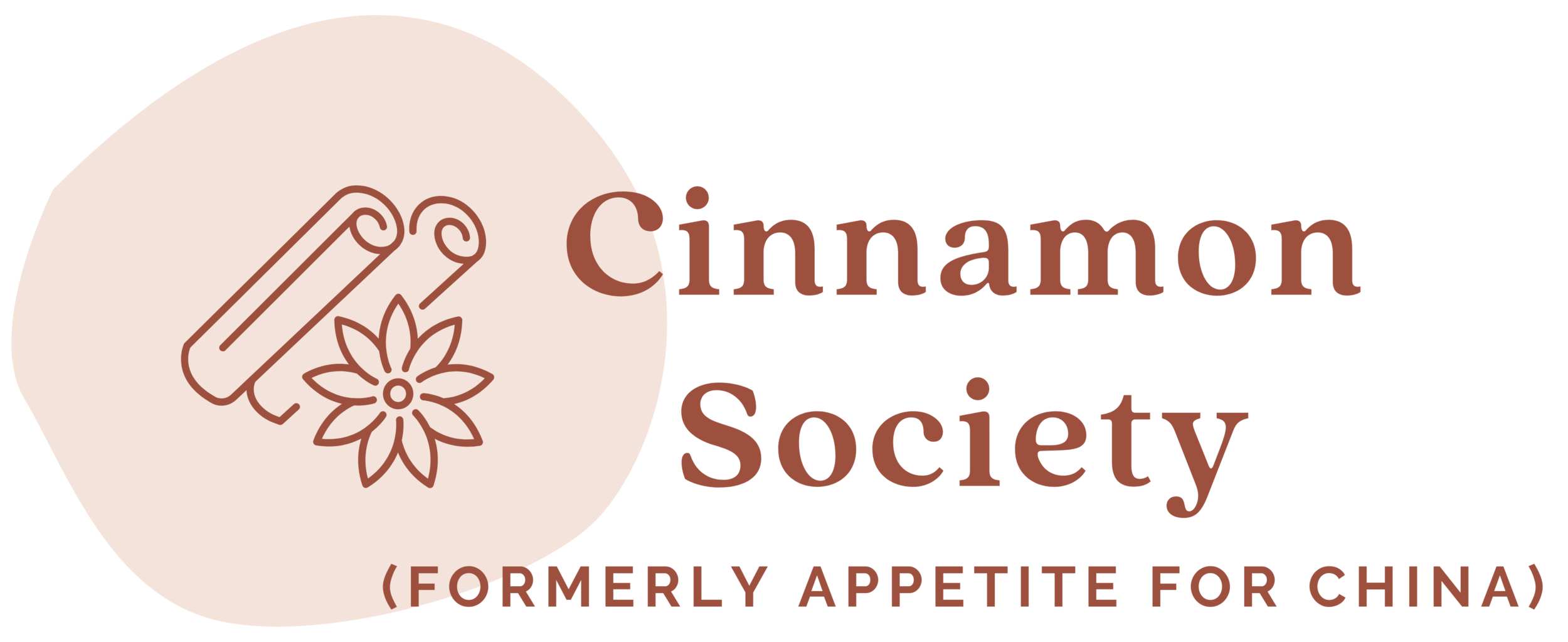When Chinese Food was Glamorous in America
I came across this Edward Hopper painting today and, for a few minutes, tried to connect the image with the name. The painting is evocative of everything I associate with the 1920s: men in suits, chic flappers, and dim stylish interiors. Yet if you look closely, there is a terracotta teapot on the table. And try to decipher the restaurant placard outside the window. The restaurant and painting are both called "Chop Suey".
Ask Americans what comes to mind when they think of Chinese restaurants. The adjectives you'll most likely get are along the lines of cheap, quick, and dingy with fluorescent lighting. Chinese restaurants are now the culinary equivalent of love motels.
I'm not talking about banquet halls in Chinatowns that cater to the Chinese, which also tend to be lackluster. I'm talking about restaurants for the other 99.5% of America. Whether they know it or not, these greasy take-outs, Panda Expresses, and P.F. Changs serve as cultural ambassadors for Chinese food and culture. And what they represent is cheap food for the masses, not culinary sophistication.
A few writers have lamented the blah-ness of Chinese restaurants in America, mostly in terms of food quality. But what about the decor, atmosphere, and service, those little extras that can make or break a dining experience? The restaurants that are stylish without resorting to kitschy chinoiserie are few and far between.
Granted, I wasn't alive in 1920's America. But I'd still like to imagine that for every few dingy chop suey take-outs, there is an Edward Hopper "Chop Suey" equivalent. Where men and women got dolled up and whiled away the afternoon over a pot of Pu'er. Where Chinese food wasn't just a means of filling up your stomach, but also a symbol of the good life.
_____________________________
Related posts:
Top 5 Movies Starring Chinese Food
Orange Sesame Chicken; or, Remembrance of Kosher Chinese Past

